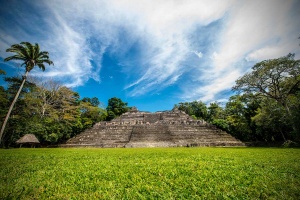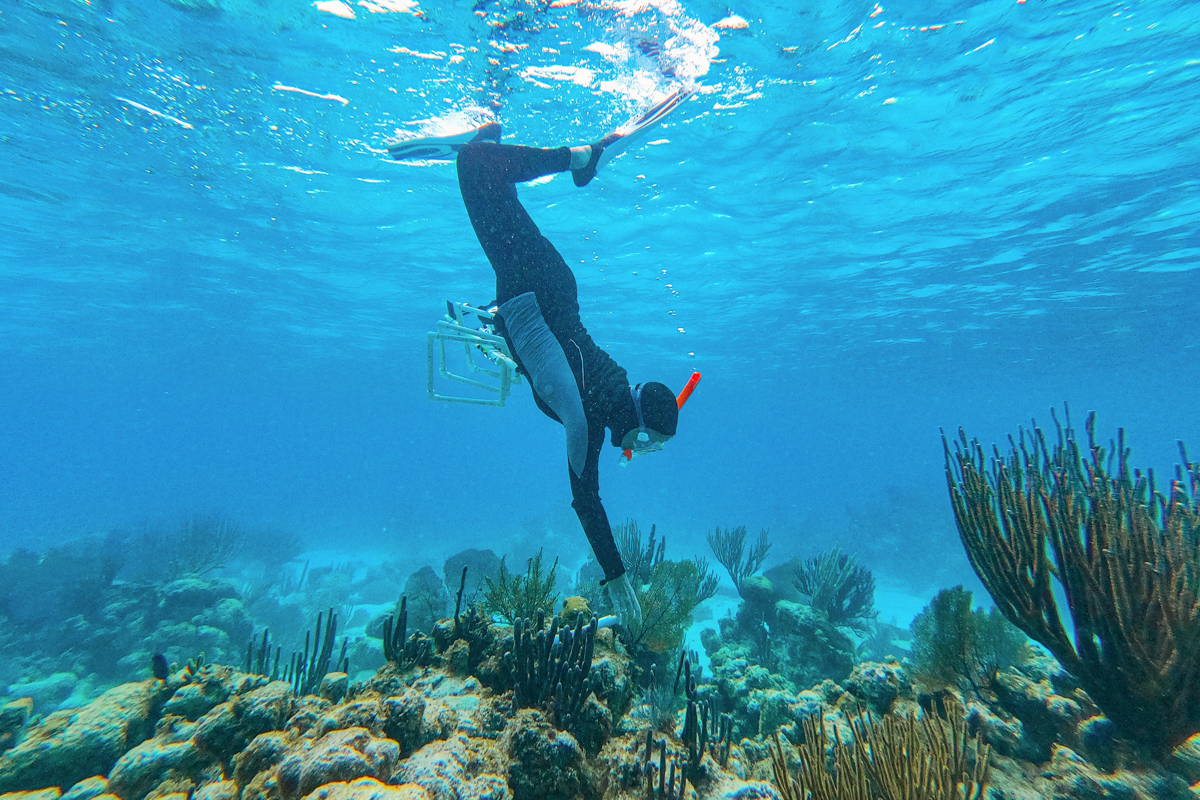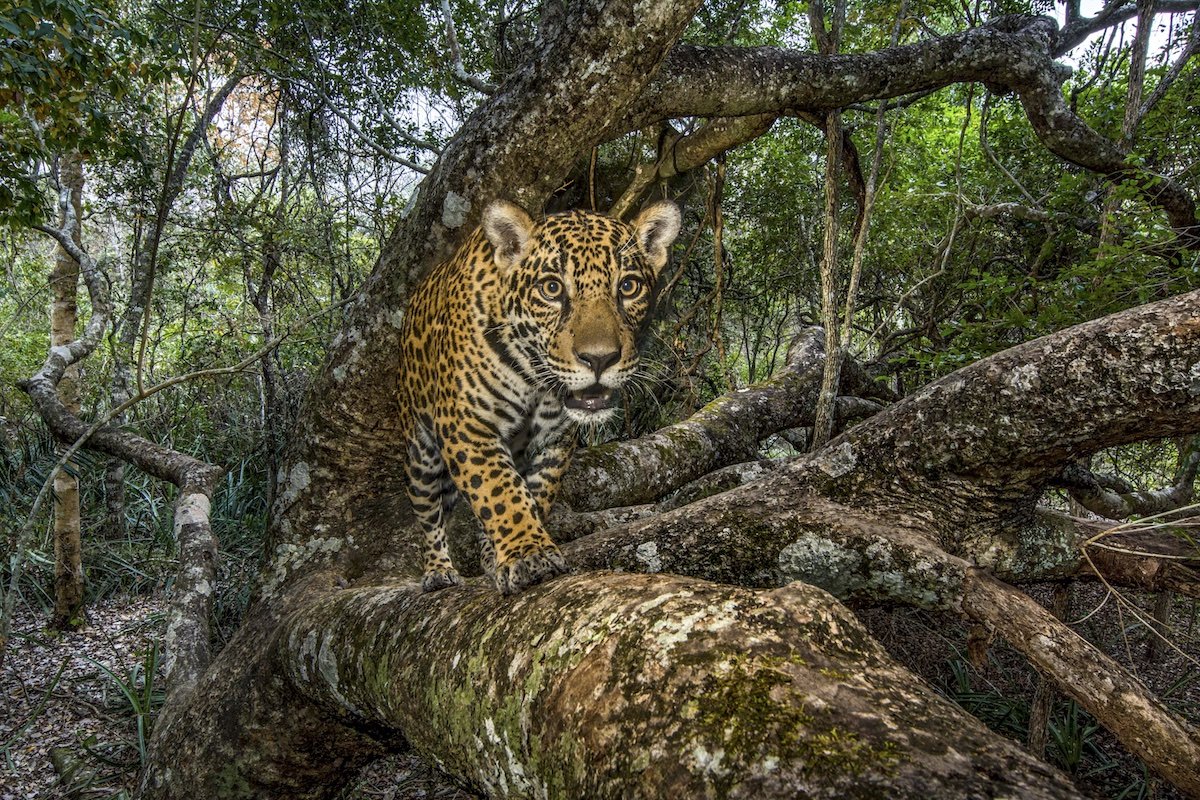Inspired by World Ocean’s Day and Environment Day

World Ocean’s Day and Environment Day are a chance to celebrate wonderful marine life and exceptional natural beauty, whilst also providing an opportunity to educate visitors on the best ways to care for oceans and protect the world we live in where they visit.
Belize is a destination that demonstrates a deep care for the ocean and the wider environment, as it has committed to protecting 30 percent of its marine territory, more than 10,000 square kilometers.
By holding responsible tourism at the core of its value systems, Belize has developed projects that encourage travellers to engage with the country’s rainforests, reefs, and unique culture in a truly sustainable and responsible manner. In line with other initiatives, such as a complete ban on single-use plastic, this has made Belize a leader in conservation in the Caribbean and even globally.
Belize has seven marine protected areas, including the Blue Hole Natural Monument, Glover’s Reef Half Moon Caye Natural Monument, and Bacalar Chico National Park and Marine Reserve, to name a few. The lush blue waters are bountiful with biodiversity having over 500 species of luminous fishes, sea creatures, and corals.
The efforts of several non-governmental organisations, small businesses, and locals in Belize, champion the reef’s protection to preserve it for generations to come.
Here are just some of the ways Belize is working towards protecting its oceans, marine life, and environment:
Sustainable catch of the day

As a collaborative effort with several organizations, Oceana Belize launched the Fish Right Eat Right (FRER) certification program in 2016 to discourage illegal fishing and promote sustainability and responsible food sourcing and consumption in Belize. This helps to protect the beloved Belize Barrier Reef through sustainable fishing, which restores fish stock and builds the marine ecosystem. The FRER program has trained 53 fisherfolks and 48 restauranteurs via online training packages on sustainable fishing methods, fisheries regulations, fish handling, and several others. The Fish Right Eat Right program ensures that consumers get the best and the most sustainable catch when having sea-to-plate meals.
Single-use plastic ban
In recent years, Belize phased out single-use plastics and Styrofoam to help prevent thousands of animals such as sea turtles, marine mammals, and even seabirds from getting entrapped or ingesting these harmful materials. The community came together to spread awareness by participating in clean-up campaigns and a social media educational campaign on several topics regarding the ban on single-use plastics and information about the famed Belize Barrier Reef.
Protecting reef habitats
Home to the second-largest living barrier reef in the world, Belize is regularly heralded as one of the best diving destinations for marine exploration. To preserve its natural reef habitats, the Belize Tourism Board has worked closely with the Turneffe Atoll Sustainability Association (TASA) and Blackbird Caye Resort to submerge a 375-foot concrete ship, The Wit Concrete, to become Belize’s largest wreck dive and reef enhancement project. Located at Blackbird Caye, this dive destination will relieve stress on natural reef habitats and offer divers the opportunity to explore the vast array of marine life found in Belize’s waters, including manatees, turtles, manta rays, and dolphins. The project will be among one of the largest wreck dive destinations in the Caribbean, re-enforcing Belize’s status as one of the best diving destinations in the world.
ADVERTISEMENT
Glover’s Reef
Another one of Belize’s protected marine areas is Glover’s Reef Marine Reserve, one of Belize’s three atolls. Here, deep channels meet dramatic towering rocky outcrops. The calm waters of the atoll’s lagoon are home to at least three species of sea turtles, eight species of sharks and rays, hundreds of species of fish, including the endangered Nassau grouper, and many varieties of coral. Glover’s Reef was originally inhabited by the Maya, and pottery from past times has been found on the island. It is named after the English pirates, John and Rodger Glover, the seafaring brothers who are said to have buried their treasures here.
Glover’s Reef is located in the southernmost region of Belize and is the most remote atoll in the country. Travelers arrive by domestic flight to Dangriga or Placencia. From there, it’s a 2.5-hour boat ride away. Resorts along Belize’s southern coast offer day trips to the area, or visitors can stay in family-run accommodations in Glover’s Reef.
Maya Forest Corridor Jaguar Conservation Project

Belize is leading the way for the conservation of Jaguars in Central America with the Maya Forest Corridor by working with Re:wild and local partners to acquire the land needed to safeguard the Maya Forest Corridor. This tiny tract of forest connects two diverging areas of the Maya Forest, offering genetic connectivity between Belize’s two jaguar conservation units, without which, this endangered species would be one step closer to extinction. Other species that benefit from the corridor include the spider monkey, the endangered Baird’s tapir, and the critically endangered Central American river turtle.
Rainforest protection
More than half of Belize consists of a subtropical jungle or rainforest, with over 75% of the rainforest now under government protection to help preserve the country’s vast natural resources. This unexplored wilderness is home to more than 500 species of birds, exotic plants, waterfalls, and animals.

